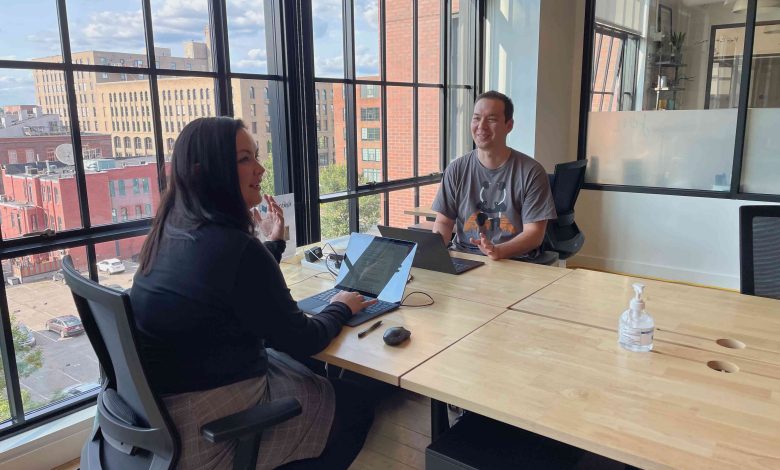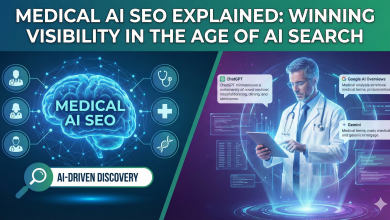
Most AI projects today chase obvious markets: copilots, chatbots, and workflow automation. They’re valuable, but incremental. The real trillion-dollar opportunities for AI lie in the messy, overlooked sectors where inefficiency quietly devours GDP. Healthcare benefits is one of them.
In the US, over $1 trillion flows through employer-sponsored health insurance, a one-size-fits-no-one plan curated by employers. A new policy, Individual Coverage Health Reimbursement Arrangements (ICHRA), flips this script by giving individuals direct choice over how those dollars are spent. But choice without knowledge is chaos. Faced with hundreds of plan designs, complex networks, and hidden trade-offs, no individual or HR team can realistically navigate the complexity.
This is where AI comes in: not as a tool to replace doctors or automate claims staff, but as the missing piece that makes consumer choice viable. AI can translate complexity into clarity, align incentives around chronic care, and personalize healthcare the way e-commerce personalized retail. Without it, consumer-driven healthcare collapses under its own weight. With it, we can unlock structural reform and one of the rare trillion-dollar opportunities for AI.
Misaligned Incentives
US healthcare isn’t broken because we lack good medicine. It’s broken because we’ve designed it around the wrong incentives.
Nearly 90 percent of healthcare spending goes to chronic and long-term conditions such as high blood pressure, high cholesterol, and diabetes. These require ongoing, consistent care. Even conditions like heart disease, which can appear suddenly in the form of a heart attack, usually stem from years of buildup. Yet we still run all of this through insurance, a model designed for unpredictable emergencies, not lasting needs.
The system responds in predictable ways. Insurers lean on prior authorizations and denials. Employers negotiate contracts that prioritize cost containment over outcomes.
The result is adversarial. Patients feel trapped between paperwork and denials. Providers spend hours navigating billing codes. Employers watch costs rise with little control. We spend more than any other country and yet deliver worse outcomes.
And because coverage is tied to employment, insurers and employers think in short horizons, where prevention rarely pays out. Why cover interventions that pay off over years if the member may switch jobs or insurers next year? For individuals, the horizon is their lifetime. This mismatch guarantees underinvestment in prevention and overreliance on adversarial cost control.
From Sears to Amazon
ICHRA changes the equation by giving individuals direct control of the dollars employers already spend. Instead of being locked into a one-size-fits-no-one plan curated by HR, employees can shop on the open market and select coverage that fits their lives. And it’s not just about insurance. Funds can also be used for qualified medical expenses. This allows us to innovate on healthcare financing by eliminating the claims overhead for routine services that could instead be offered as simple “subscribe-and-save” models.
It’s the equivalent of moving from the curated Sears catalog to Amazon. For decades, a few decision-makers decided what went on the shelf. Now, the shelf space is infinite, and every consumer can find what’s right for them in a financing structure best aligned with their situation.
But there’s a catch. Too much choice without guidance overwhelms people. True empowerment requires both choice and knowledge.
AI as the Enabler
While other industries replace jobs with AI, healthcare has the chance to use it to elevate the human experience. AI allows us to personalize at scale to evaluate the unique situation of each household to advise households on how to get the most from their ICHRA dollars. AI, with its patience and precision, can cut through jargon and translate complex trade-offs into simple guidance. It can act on behalf of each individual, aligning incentives to maximize the value of every dollar.
This isn’t about replacing doctors or insurers. It is about changing the system from fighting patients to backing them. AI empowers individuals, employers, and policymakers to capture more value from the same spend.
Building With Trust, Governing With Transparency
For builders, the challenge isn’t just solving a plan optimization problem. It’s about earning trust. Consumers are wary of hidden incentives. They’ve seen their health data used to deny claims or raise rates. Trustworthy AI in healthcare is transparent, empathetic, and educational so that individuals feel heard and understood. It’s not just about delivering answers. It is about explaining trade-offs, building confidence in choices, and proving effectiveness by measuring outcomes. Trust grows when systems both learn and hold themselves accountable.
For policymakers, the mandate is to create the conditions where this kind of AI can thrive responsibly. That means making healthcare data easier to move, prices easier to compare, and results easier to trust. It also means protecting people from being punished for how their data is used and creating space to safely test new ideas.
Structural Change Is Inevitable
Consumer-driven healthcare has already arrived. ICHRA has bipartisan policy support and is expanding in adoption. The question is whether we enable it to succeed or allow it to collapse under its own complexity.
Without AI, consumer-driven healthcare is destined to fail. With AI, we can align incentives, empower individuals, and structurally reform one of the largest sectors of the economy.
Healthcare benefits is the trillion-dollar opportunity hiding in plain sight. The real question is whether we build this system with trust and transparency. If we succeed, AI will not just trim costs. It will redefine how care is paid for, delivered, and valued.



